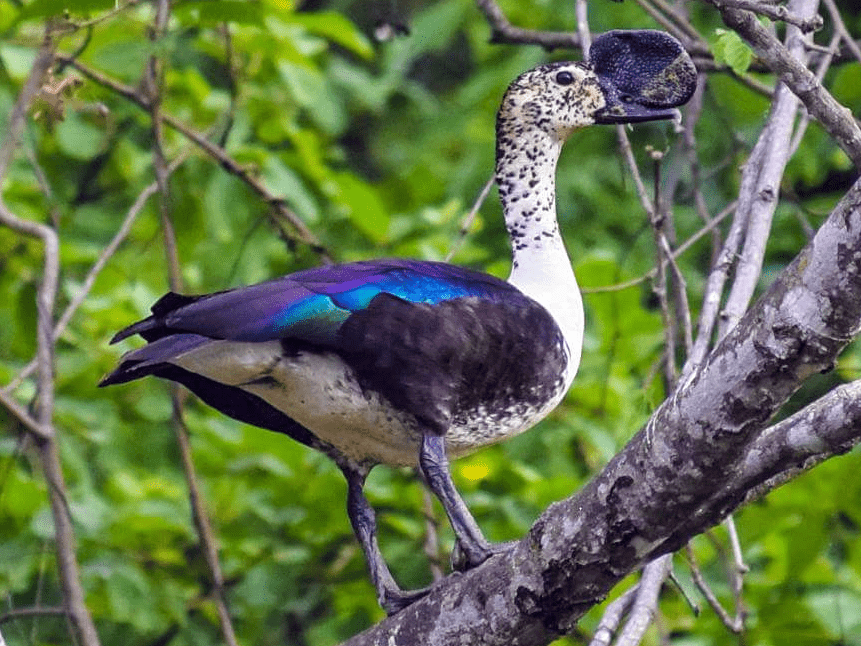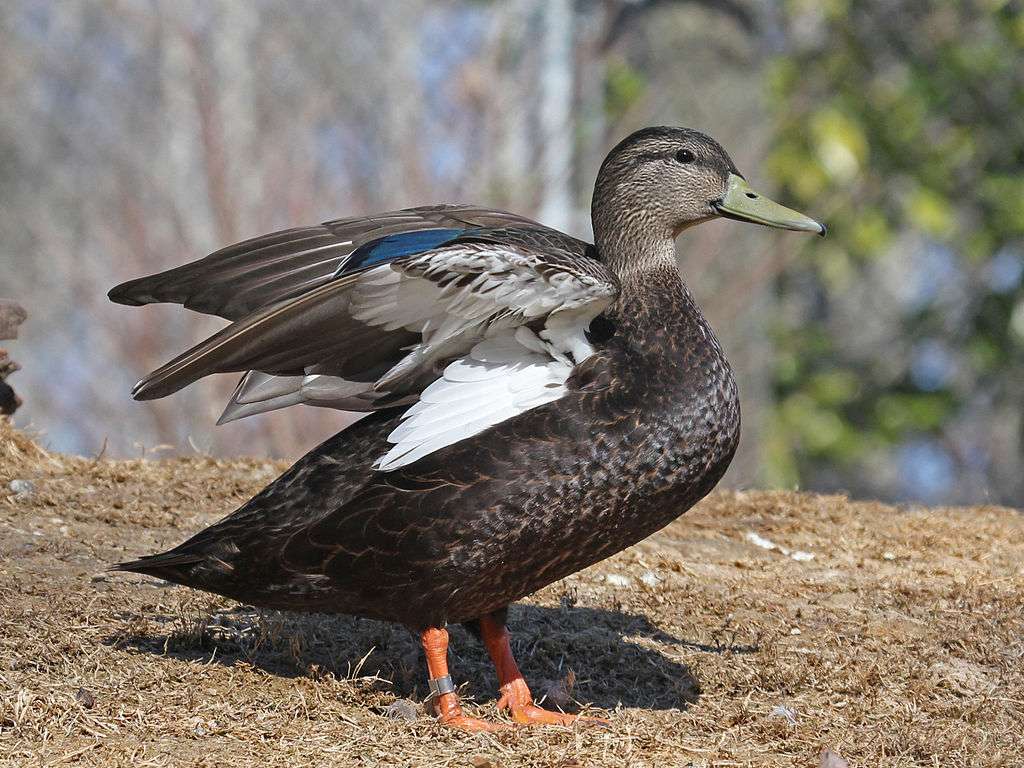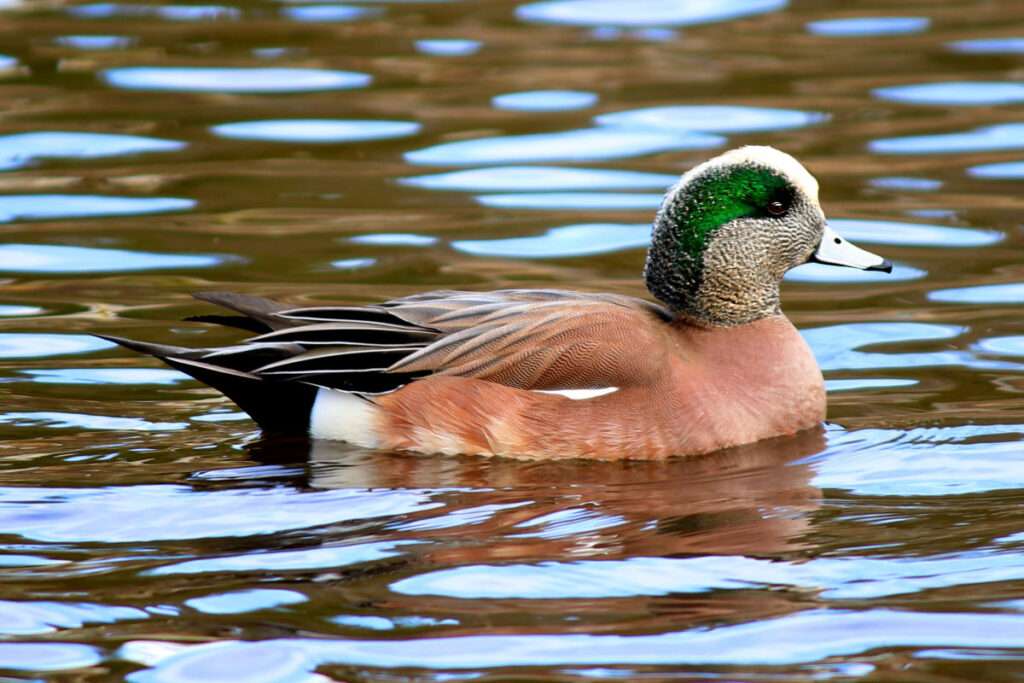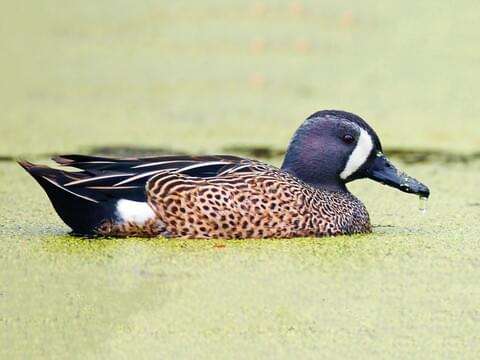
The comb duck (Sarkidiornis sylvicola), commonly known as the American comb duck, is a rare duck that lives in tropical wetlands all throughout continental South America, from southern Brazil to the Paraguay River basin in eastern Paraguay, as well as as a stray on Trinidad.
Fun Facts
- The large, leaf-shaped comb on top of the male’s bill gave rise to the name of these birds.
- The comb is fat and small for the majority of the year, but it gets bigger before breeding season.
- This species frequently migrates over great distances, sometimes covering more than 3,541 km (2,200 mi.).
Description
Adults have a white neck and underparts in addition to a dazzling white head. Glossy, blue-black upperparts with significant secondary bluish and greenish iridescence are present (lower arm feathers). The male has a massive black knob on his beak and is significantly bigger than the female.
Young comb ducks can also be confused for a fulvous whistling duck when viewed up close. However, knob-billed ducks in immature plumage are rarely seen alone and are typically simple to recognize.

Lifespan
An African comb duck can live for 20 to 30 years on average. If the right circumstances are offered, these African ducks could live much longer.
Diet
In addition to grazing or dabbling on plants, this duck also occasionally eats tiny fish, insects, and seeds.
Habitat
A wild duck called a comb duck (Sarkidiornis melanotos) nests in tree holes and in between tall grasses. In addition, farms, open forest areas, marshes, close to lakes and floodplains, and river deltas are among their habitats for foraging.
As Pet
Numerous individuals keep these low-maintenance ducks in their fields. However, keeping them as pets is uncommon because they belong in the wild and should not be kept in a domestic setting.
Table





